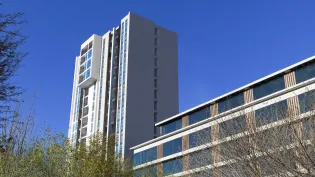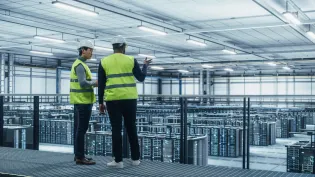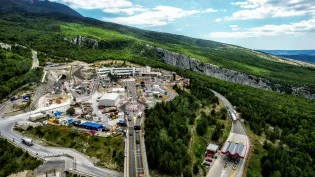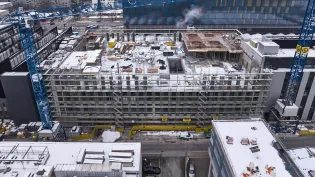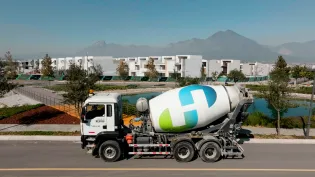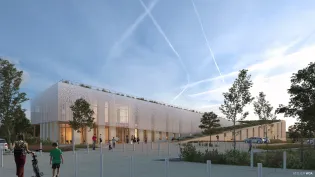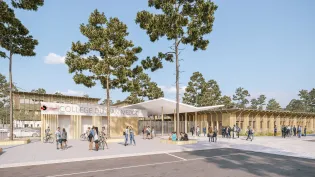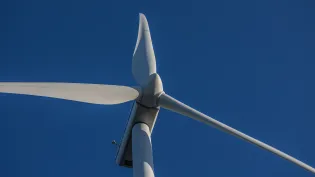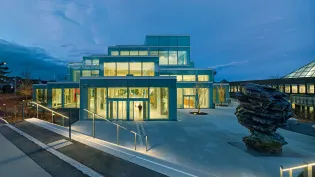German logistics park reduces CO2 emissions by 33% with ECOPact
Real estate developer SEGRO used ECOPact low-carbon concrete to revitalize a former coal mining area in Germany by building a new logistics park on the site. The project delivered 825 tons of CO₂ savings, or a reduction of 33% compared to the German industry reference.
33% of CO₂ emissions saved - or a total of 825 tons
With the help of ECOPact, the client hopes to obtain the German Sustainable Building Council’s (DGNB) Platinum and Climate Positive certificate
9,500 m³ of ECOPact low-carbon concrete fulfilled the client’s resource-saving, recycled and low-carbon building materials requirements
The challenge
The new state-of-the-art SEGRO Logistics Park Oberhausen, located in the heart of Germany’s Ruhr region, is a new revitalization project on a former coal-mining site. Its total area covers 21 hectares, or the equivalent of about 30 football fields, with a storage area of about 120,000 square meters. Its buildings have all been designed according to the latest standards for sustainable, ecological and energy-conscious construction.
With this project, SEGRO wanted to make an impression for sustainability, aiming for their first German Sustainable Building Council’s (DGNB) Platinum and Climate Positive sustainability certificates. Given these ambitions, SEGRO aimed to use as much resource-saving, recycled and low-carbon building materials from the region as possible.
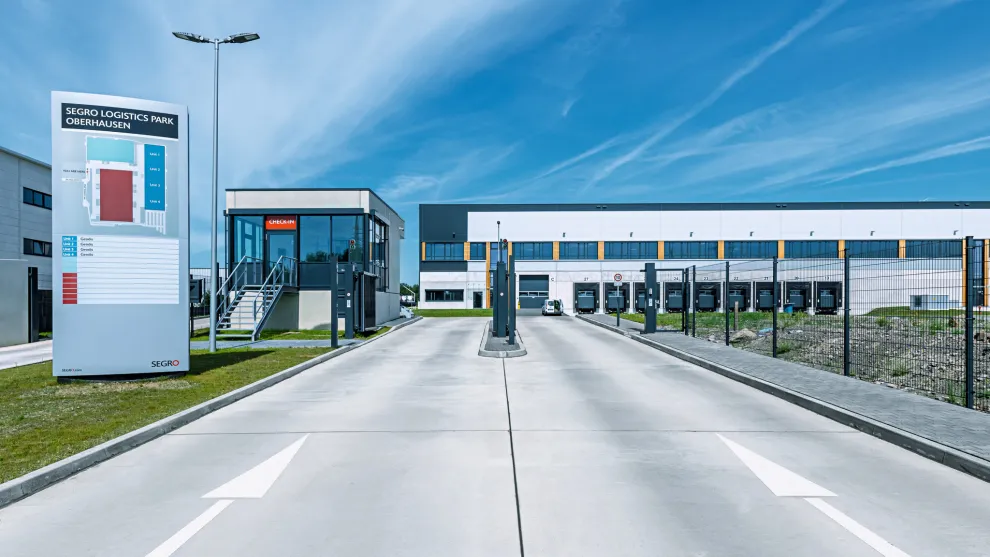
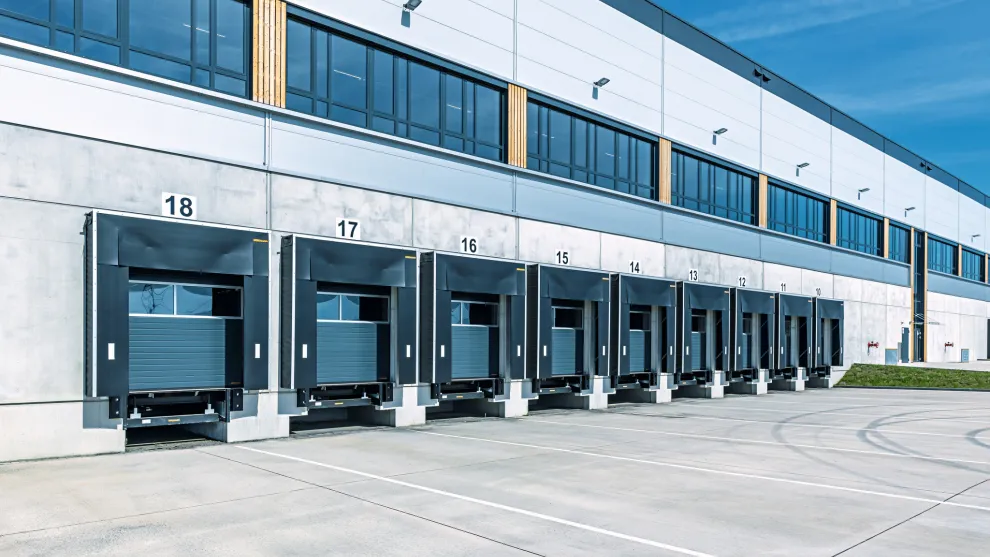
The solution
Holcim Germany proposed using ECOPact, the world’s broadest range of low-carbon concrete, offering 30% to 100% less carbon emissions compared to standard (CEM I) concrete. Even better, ECOPact was produced in the nearby Oberhausen operations, which optimized transport efficiency and thereby further decreased the environmental footprint.
Holcim delivered a total of 9,500 m³ of ECOPact, of which 7,500 m³ consisted of ECOPact with steel fibers, designed for loads from forklift traffic with a maximum of approximately 5 tons. The remaining 2,000 m3 were used for the foundation and other building elements.
The result
Thanks to ECOPact, a total of 825 tons of CO₂ were saved in Oberhausen. This represents an emissions reduction of 33% compared to the German industry reference. The ECOPact formula with steel fibers also enabled the reduction of the reinforcement by 40%, helping SEGRO to reduce the dead weight of construction and speed up the project.
"SEGRO wants to become climate-neutral by 2030. The use of Holcim's low-carbon concrete helps us a lot because indirect CO₂ emissions are one of our biggest challenges. Reducing these emissions not only helps us to achieve our climate targets, but is also a good argument in exchanges with municipalities and tenants."
"At Holcim we aim to build a world that works for people and the planet, that’s why our efforts are now focused on becoming a net-zero company and driving circular construction. We are pleased that our efforts in this regard are being welcomed by our customers – builders as well as contractors. We are already specifying ECOPact for further projects with SEGRO."






